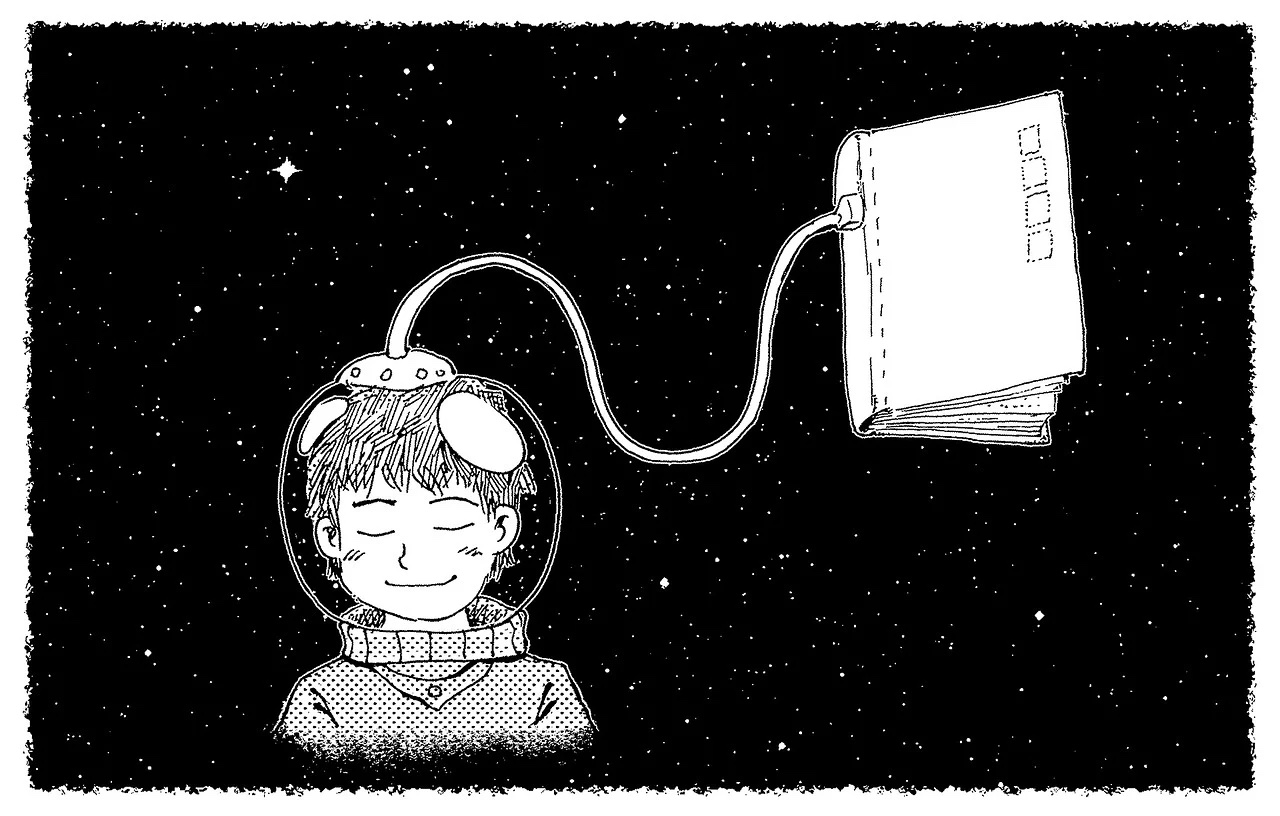Each year in the heart of spring in the United States, academic/teaching radiologists get together at a different part of the country to discuss the newest teaching methods, radiology residency issues, and hot academic topics at a meeting called the annual Association of University Radiologists (AUR) meeting. For new applicants and radiology residents, this meeting is extremely important as it outlines significant changes to the training of radiologists throughout the country. This year is the first annual update from Hollywood, Florida. I am going to go over what I think are the most relevant and important topics at this conference for radiology trainees.
Increasing Competitiveness of Radiology Residency
Traditionally, it is somewhat difficult to measure competitiveness of radiology residency compared to other specialties. One of the more accurate methods is the United States senior U.S. fill rate. Since 2014, there has been a gradual uptick in the senior U.S. fill rate to 72% (last year 68%). In addition, the applicant pool is up 31 percent over the past 4 years. So, it appears that all this talk about artificial intelligence has not yet dampened the enthusiasm of radiology candidates!
There are always two sides to every story, however. Since U.S applicants usually get first priority, it is a bit more difficult for international medical graduates (IMGs) to get radiology residency slots. In fact, on a survey at the AUR meeting, it stated that only 64 percent of programs are willing to take international medical graduates. That number tends to go down as radiology becomes more competitive. Furthermore, programs are no longer able to accept foreign non-ACGME accredited preliminary year internships to satisfy the requirements of the clinical year.
Improving Radiology Job Market
According to the recent AUR survey, practices are increasing both new and current radiology job hires. In fact, projections show an increasing number of available jobs numbering about 2000 today (vs. 1300-1500 jobs a few years ago). The most popular specialties are body imaging, interventional radiology, and neuroradiology. However, practices need breast imagers, interventional radiologists, and neuroradiologists the most. And, the majority of jobs are in private practice. That being said, large corporate practices do continue to increase hiring radiologists the most.
IR/DR and ESIR
Now that IR/DR is its own distinct specialty, it commanded a fairly competitive match this year. For this subspecialty, the fill rate with U.S. seniors was 85% versus 72% for diagnostic radiology. So by all accounts, the match was fairly successful. In addition, many new residency programs are applying to start up both IR/DR and ESIR programs. Both of these programs allow a resident to complete his/her entire training in 6 years. Unlike radiology residencies willing to add on these programs, residencies that do not start up IR/DR and ESIR programs will force their residents to have to complete a total of 7 years of residency/fellowship for interventional radiology trained subspecialists. Accordingly, those residencies not willing to add either ESIR or IR/DR programs are likely going to have difficulty recruiting new residents.
Rad Exam
The current in-service examinations do not correlate well with resident performance. In fact, many residencies (including my own) cannot utilize the test as a determiner of residency performance given the wide variability. In addition, there is no distinction in the testing questions between different residency levels. To remedy this issue, a new crowd sourced examination call Rad Exam is being created with institutional benchmarks and a large database. Time will tell if it becomes a useful examination to replace our current in-service examination, but it sounds very promising!
Simulation
Although not a discussed in conference at the AUR meeting, a vendor called Simulation was present and had an interesting solution for programs that want a structured precall examination. This company created an excellent standardized test that assesses finding and interpretive skills using a simulated PACS system to help define if a resident is ready to partake in independent call. Additionally, the test is benchmarked to other programs. It seems like it may be significant improvement over the current precall testing options.
ABR Core Examination Frustrations
Interestingly, according to faculty surveys, most faculty members reflect fondly upon the old oral board examination and give low marks to the new core examination as a means of testing residents to meet basic radiology requirements at the end of their 3rd year. However, even more disappointing to me, the American Board of Radiology (ABR) now takes a new formalized position that they have no role in testing communication skills. In fact, they explicitly stated that their only role is the testing of medical knowledge. According to them, communication skills should be taught at the local residency level.
Call me crazy, but radiology is a specialty of communication, both written and oral, and not just a specialty of medical knowledge. If that is the case, does it make sense that the ABR as an accrediting body is not willing to standardize testing for communication skills as well as medical knowledge to establish a baseline level of competency? I think not. Academic radiologists need to push the board to change their stance regarding communication competency standardization with oral/written board testing!!!
Increasing Required Administration Time For Program Directors
And finally, on July 1, 2018, the ACGME will likely approve an increase in the minimum administration time requirements for program and associate program directors. Presently, program directors at small programs in the United States can have a few as 0.2 FTE time dedicated to radiology residency administration. That number is ridiculously small compared to other medical subspecialties. Now, that number is going to increase based on a sliding scale corresponding to size of programs in July, 2018 assuming approval by the ACGME. How is that going to affect incoming radiology residents? I believe it will significantly increase the productivity and efficiency of residency programs on issues as wide ranging as educational conferences, evaluations/assessments, milestones, and more… It has been long since overdue.
Summary
As I see it, these are some of the most pressing issues tackled at the AUR conference. There are certainly other issues faced by academic radiology programs. Some of them mentioned at the conference and others largely ignored. There is a bit of good and bad news from this conference for everyone involved in radiology residencies throughout the country. Until next year at the AUR meeting in Nashville, Tennessee!!!













